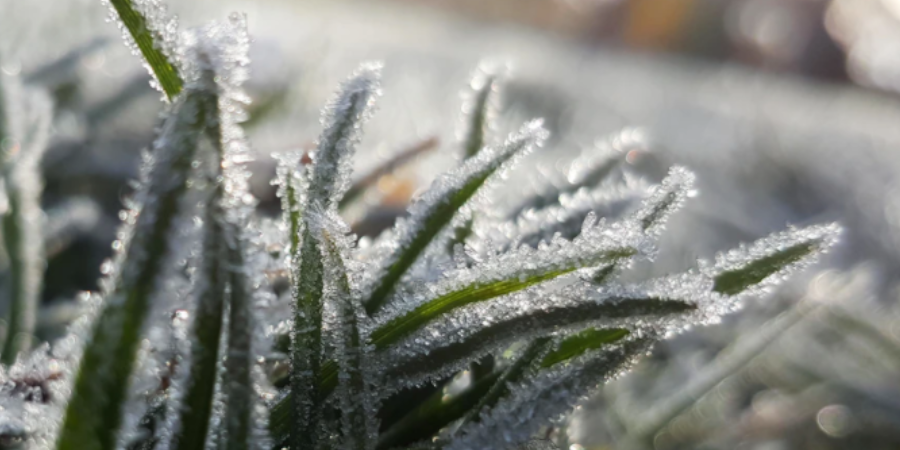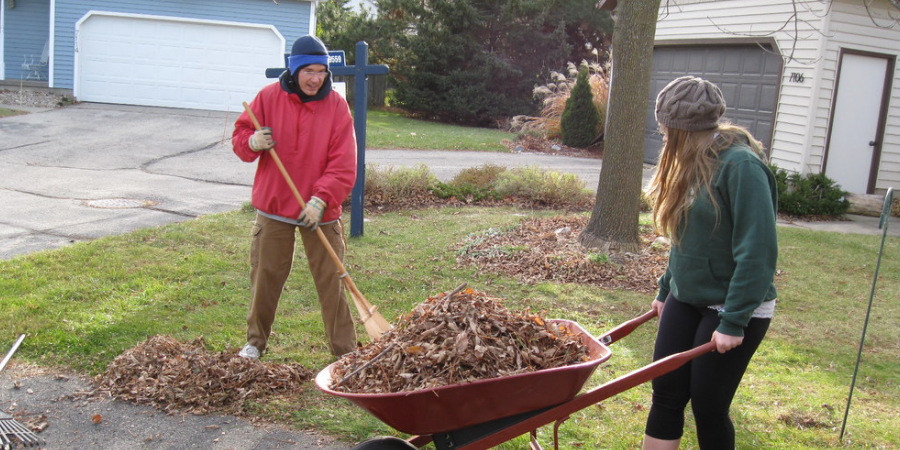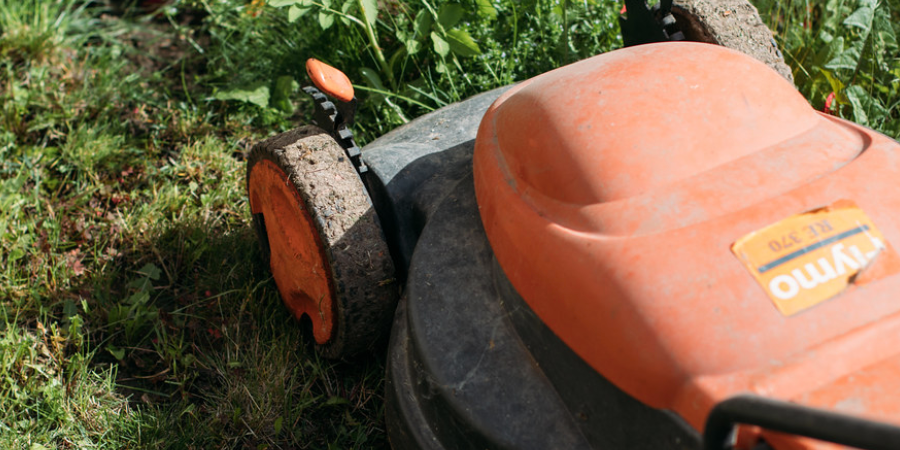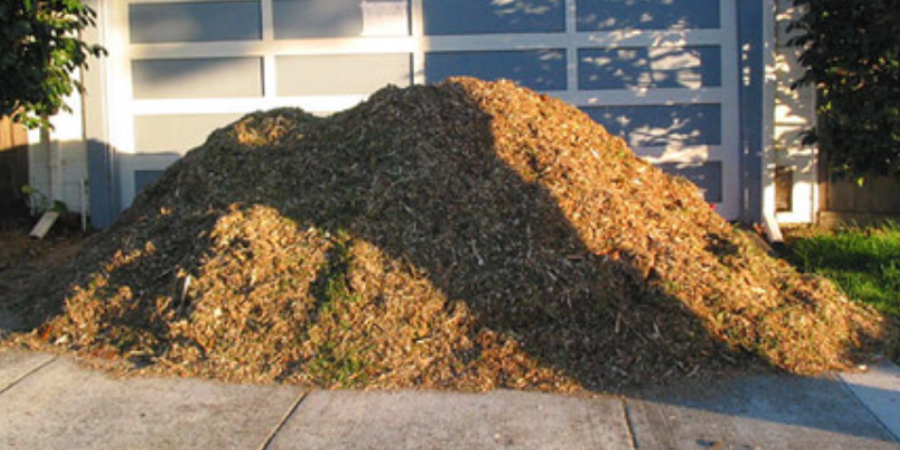When fall comes around, one thing is for sure: winter is right behind it. Because of that, it’s incredibly important that you start prepping your lawn and garden for cooler weather and cooler temperatures, especially if you live in an area that gets a lot of snow. Knowing how to prepare your yard for the freezing weather is one of the best skills you can have when keeping a fresh, lush garden or lawn.
In this article, we have laid out some of the most important steps for you to take to start protecting your yard in the fall. By planning and making sure all your plants and vegetation are ready for the rapid weather change, you can feel secure knowing that the snow won’t melt in the spring and reveal a dead lawn.
Step-By-Step Guide On How To Prep Your Lawn and Garden for Fall
Step 1: Remove Leaves
Image credits: Aine D via Creative Commons
The best way to prepare your lawn for colder weather is to make sure that all the dry leaves are cleared before the snow starts to fall. In the autumn, leaves start to shed off trees and will settle on the lawn. If they are left there too long, they will eventually rot. It creates dead patches of lawn and fermentation, which can attract pests.
Keep your lawn raked and as clean as possible throughout the fall. Even if the trees around the lawn look completely bare, the wind will still blow errant leaves into your lawn. Staying vigilant during these late summers and early fall months is the best way to keep your yard healthy.
Step 2: Cut Grass to the Correct Height
Image credits: Ivan Radic via Creative Commons
Grass will continue growing even if snow has started to fall. Keep up on lawn care and mowing your lawn up until the first hardened frost of the season. It will ensure that you have the healthiest blades underneath the snow once it melts.
However, you do not want to cut the grass too short with the lawnmower. It could ruin the root system of the lawn and make it harder for the blades to grow once the snow has melted. Your best bet with lawn care is to keep the lawn cut at around 3 inches up until the ground starts to harden.
Step 3: Add Mulch
Image credits: shacker via Creative Commons
A layer of mulch is one of your best ways to get your yard ready for the icy chill of fall and heavy snow of winter. Mulch not only protects by physically covering the roots of plants but also generates its own heat. When mulch starts to ferment, it will increase in temperature. It helps keep garden plants and soil warm under the snow.
Spread mulch around the root systems of your plants or in garden beds. It is especially important for more delicate plants like flowers and leafy greens. Make sure that you cover up to the stem of the plants themselves and that the mulch is loose enough to still get moisture. It will keep the root system warm and hydrated, even once the ground has started to frost over.
Step 4: Add Fertilizer
Image credits: CDC via Unsplash
Fertilizer can help keep your lawn and garden fed and happy throughout the lean winter months. Natural fertilizer provides plant sugars and nutrients like nitrogen, which help promote the production of chlorophyll and can keep your lawn green even when it’s under the snow.
Fertilizer not only provides nitrogen, but it also contains potassium, which can help with root growth, and phosphorus, another important nutrient. Keeping your lawn fed throughout the winter will help ensure that it will be healthy enough to regrow fully in the spring.
Step 5: Reseed the Lawn
Image credits: Free Nature Stock via Pexels
Late summer and early fall are perhaps the best times to reseed your lawn. The ground is still warm from the summer months, but there is more moisture in the air than there has been since the previous spring. It means that your beautiful lawn will be more apt to regrow and take the seed for a fuller, more robust green grass.
Make sure you sow the seeds completely and inject them fully into the soil. It will keep them viable as well as protected once the snow starts to fall and the weather turns colder in late winter.
Keep Your Lawn and Garden Fresh All Year Long
Making sure that your lawn and garden are as healthy and robust as they can be in the fall is the best way to keep it that way once the harsher winter months show up. Even though the snow will cover the vegetation, it will have a quality system of roots to gain nutrition from, and this will help it regenerate and look even better when the spring comes back around.
Do you have a method of preparing your garden for winter that works well and that you love? Let us know about it in the comment section below!






